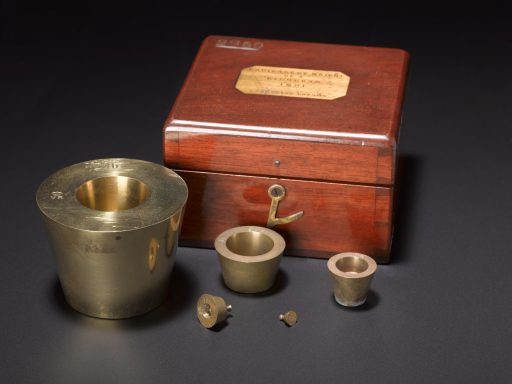
This week, the kilogram will be redefined. But what does this mean for scientists and engineers, and for those of us beyond the science lab? Dr Jane Desborough, Curator of Scientific Instruments, explains more.

This week, the kilogram will be redefined. But what does this mean for scientists and engineers, and for those of us beyond the science lab? Dr Jane Desborough, Curator of Scientific Instruments, explains more.
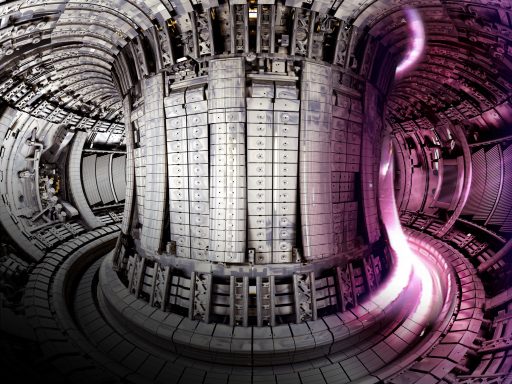
Guest author Chris Warrick discusses the developments in Nuclear Fusion research, and how we’re closer to creating clean energy than ever before thanks to devices called tokamaks.
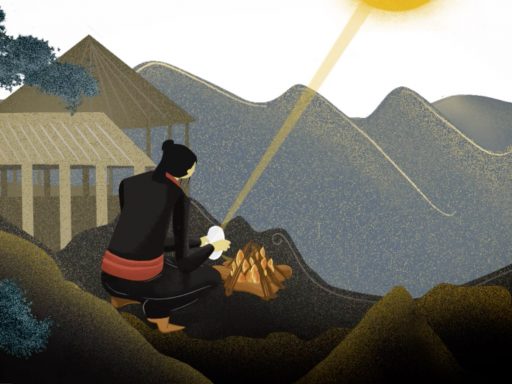
Amy Davy explores the different ways people have harnessed the power of the Sun throughout history.

The Carrington Event of 1859 is the most violent solar storm on record. A storm of its magnitude in today’s technological era would cause devastating effects. Roger Highfield and Dr Harry Cliff explore more.
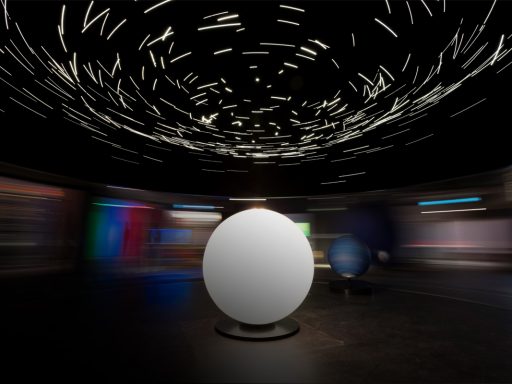
We asked our very own Explainers about their favourite exhibits in Wonderlab: The Equinor Gallery. Here’s what they said.

Curator of our recent exhibition The Sun: Living With Our Star, Dr Oliver Carpenter, takes a look back to the most important eclipse of the nineteenth century.
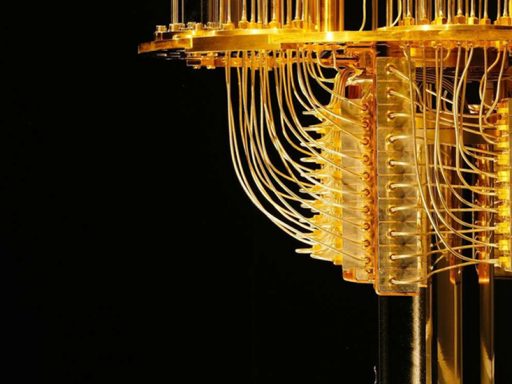
Roger Highfield presents your guide to Quantum Computing.
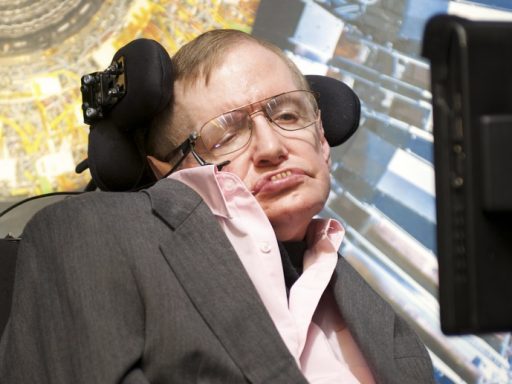
Stephen Hawking, the best known scientist on planet Earth will be mourned for his remarkable impact, not just on the field of cosmology but as a hugely successful science writer and a beacon of inspiration for how the limitations of the body can be overcome by the power of the mind.
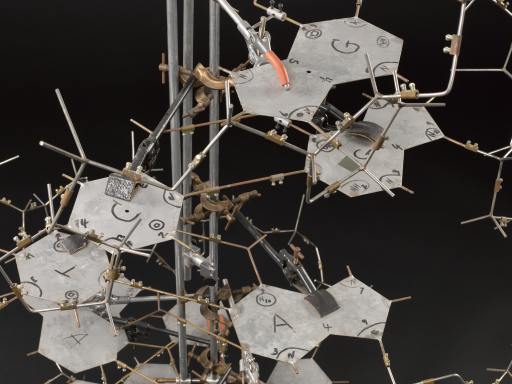
Half a century after the publication of The Double Helix, Roger Highfield looks at why the book is still relevant today.
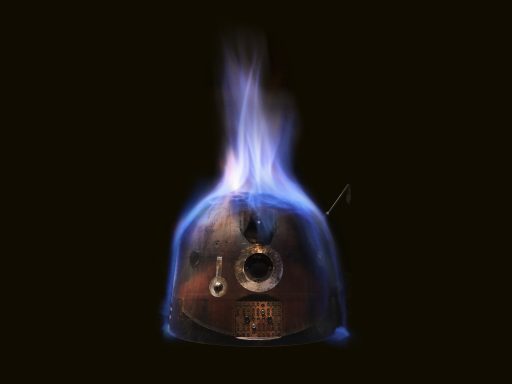
Roger Highfield, Director of External Affairs, provides evidence to counter ten Scrooge-like claims that Santa does not exist.
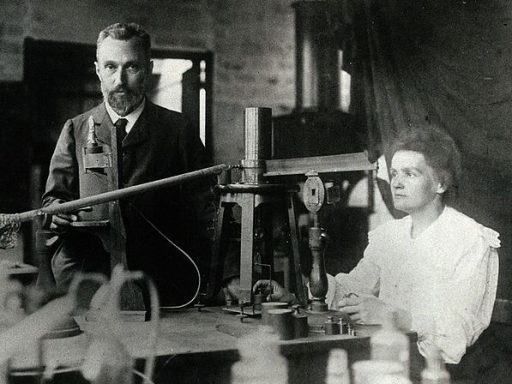
To mark the 150th birthday of possibly the most celebrated female scientist in history, Curator of Chemistry, Sophie Waring, looks at the life of Marie Curie, and the surprising products that were made from her discovery of Radium.
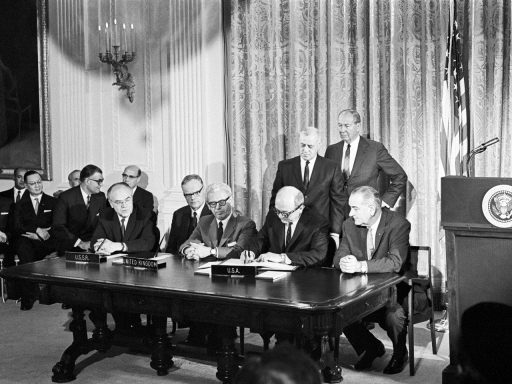
Simonetta Di Pippo, Director of UNOOSA, explains the history and importance of the Outer Space Treaty